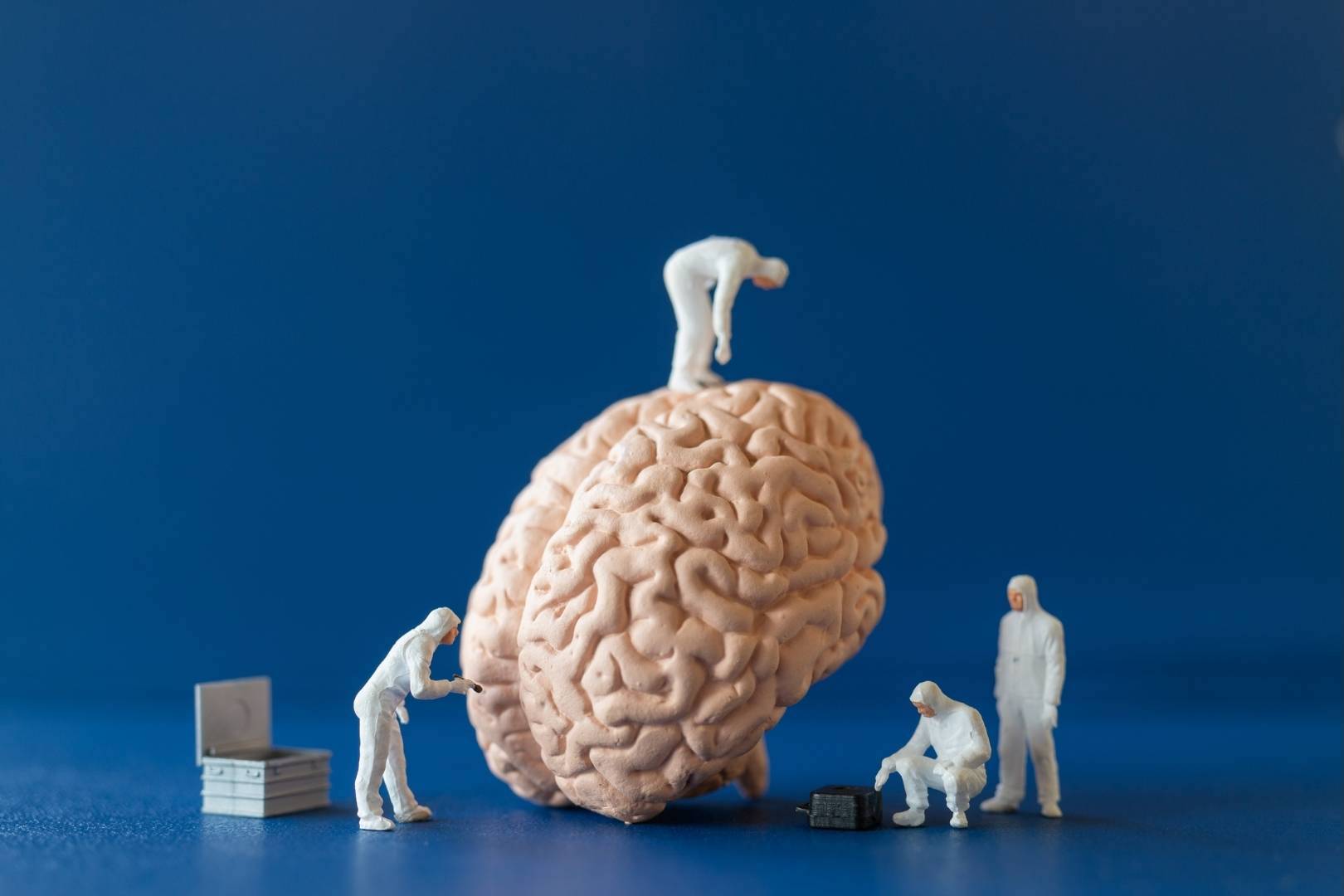When you first learn about mindfulness meditation, it can be tricky to observe your mind. Especially as our thoughts tend to run wild, crying out for attention
It may even feel unusual, strange, or uncomfortable trying to adopt this new approach. Most people identify with their thoughts. For many this makes trying to step back and witness them feel impossible.
It felt odd for me when I began. But it was also a complete revelation when I realised that I didn’t have to take my thoughts as facts. I could choose not to become entangled with them.
In this article I’m going to tell you how to observe your thoughts with meditation by using imagery. This can be a helpful starting point. I’ll also include examples that help you to observe your feelings and emotions. After all, your body and your mind are connected
By no means are any of the suggestions below mandatory. Just try them for yourself to see if they’re useful for you. It may even inspire you to come up with your own imagery.
Clouds Passing in the Sky

This is one of my favourites and as you can see from my homepage, it’s what inspired my website’s theme. Our awareness is like the sky.
Always there, always present.
Our thoughts are much like clouds passing through the sky’s vastness.
They form, drift in, drift out, and then evaporate. They come in and out of our awareness. So, we can choose to watch them like cloud gazing.
Sometimes our minds are quiet and still, much like a summer blue sky with little or no clouds. Other days, our minds are chaotic, full of thoughts coming and going, much like a gloomy, rainy, cloudy sky. Although it may be more challenging, we can still observe our thoughts floating by.
“We are the space in which thoughts appear, play, and dissolve like clouds drifting in the infinite sky.”
― Mooji
Weather Patterns

This leads on from the stormy sky I just spoke about. Our moods are similar to weather patterns. Sometimes we feel calm and at ease. Relaxed and content, like a beautiful summer day.
But there are times when we’re angry and unpredictable, like a raging storm. We can also feel depressed and sad, similar to a bleak rainy day.
On occasion we may feel cold and distant, much like a bitter frost that cuts through the air. The kind that takes our breath away. Sometimes we are irritable and tense, comparable to a hot and humid day that feels unbearable.
The point is, we can’t control the weather, but we can control how we respond and react to it. Being from Scotland, the northern part of the UK, I love this imagery because the weather here is erratic.
Even during summer months, within days, or even hours it can change. From being warm and tranquil, to cold, rainy and windy. The best way to manage this, is to accept it, without judgement. Just as we can do with our ever-changing moods.
So, when you’re having a difficult day, ask yourself, “what’s the weather pattern going on within?”. Pay attention to your thoughts and your bodily sensations. Are you feeling tense, angry, anxious, stressed, sad, or content and relaxed?
Be mindfully aware of what’s going on inside. By bringing awareness to your mood, you can choose how to respond to it.
“When the dark clouds of doubt, anger, or worry begin to move upon you, steady yourself In the knowledge that in time, the storm will pass.”
― Bryant McGill
Leaves Floating Down a Stream

Watching a stream whilst out in nature can be particularly relaxing. The spiralling, rippling movements and gentle trickling sounds of the water are hypnotic.
Perhaps this is why the imagery of a stream is often used for mindfulness practice. This time imagine that your thoughts are like the leaves that a stream carries. They fall from a tree and suddenly appear, much like your thoughts do. Then the flow of the water carries them onwards, out of your visual field.
Much like the cloud analogy, we can observe the leaves pass on by. There’s no need to grab one out of the stream, allow them to come and then float away.
Watch the Movie of Your Mind

Here’s a more modern type of imagery. One I like to use when finding it difficult to sleep. Imagine you are watching a movie, but the movie is what your mind is generating.
Visualise being there. Sitting comfortably, intent and present, watching the large screen with all your attention. As the images come into your mind about the past, your day, and what happened, picture them on the screen.
If you’re trying to predict future events, how they’ll unfold, go well or go wrong, visualise the stories on the screen. Be the observer. The audience member, not the actor.
Are certain thoughts popping up again and again? Envisage seeing them appear as text.
Try the above. It can give you distance and perspective from your mind’s thoughts and stories. Watch them all play out like the frames of a movie being projected, but don’t get engrossed in them.
Waves and Currents of the Ocean

Thoughts and emotions are much like waves. They can be small and manageable, but at other times they are mighty and powerful. They can feel unstoppable, which means you have to release them.
Think of anger. At times we can control or diffuse it, but sometimes we can’t. It builds like an enormous wave that has to come crashing down, causing mass destruction and damage. Especially if it makes contact with a person or object.
We can use this analogy to be mindful of the thoughts and emotions going on in the present. Observe them like the waves on the surface of the ocean.
Sometimes we hide our true feelings and emotions from ourselves or others. Like undercurrents which can’t be seen. The surface may appear calm and peaceful, but underneath there is havoc.
They can pull and drag you down with immense strength, much like your emotions. So, don’t only pay attention to the thoughts arising on the surface, be aware of what’s going on below, deep within.
Don’t allow your emotions to sweep you away.
Bottling up feelings and emotions is common. But it has great consequences. It’s not a sustainable way of being. Eventually something will have to release.
Learn to go into them, don’t ignore them. Otherwise, they may become trapped.
“Emotions are like waves. Watch them disappear in the distance of the vast calm ocean.”
― Ram Dass
We Are in a Constant State of Flux
I hope you enjoyed this article on how to observe your thoughts with meditation. As you can see, a lot of the examples above relate to nature, which matches well with our experience as humans.
Why so? Because like nature, our lives are in a constant state of flux. As is our mind and body. Thoughts, feelings, and emotions are always changing. Day by day. Moment by moment.
So, learn to become the observer and don’t resist what you cannot change. Experiment and try the suggestions for yourself. Some may resonate with you and others won’t. If you do come up with your own imagery, I’d love to know about it in the comments below.
Take care of yourselves,
Chris from Mindful Way to Be



